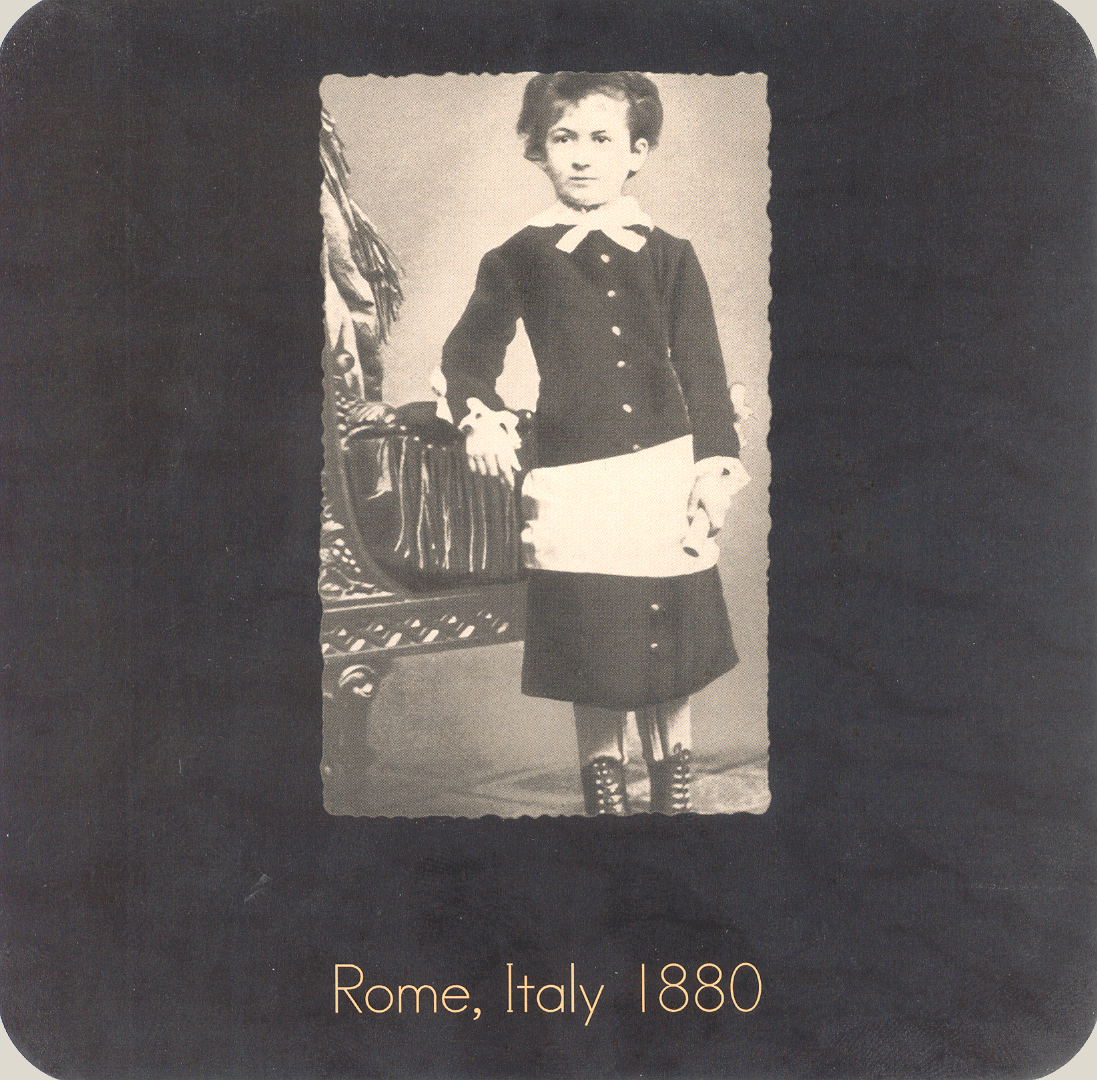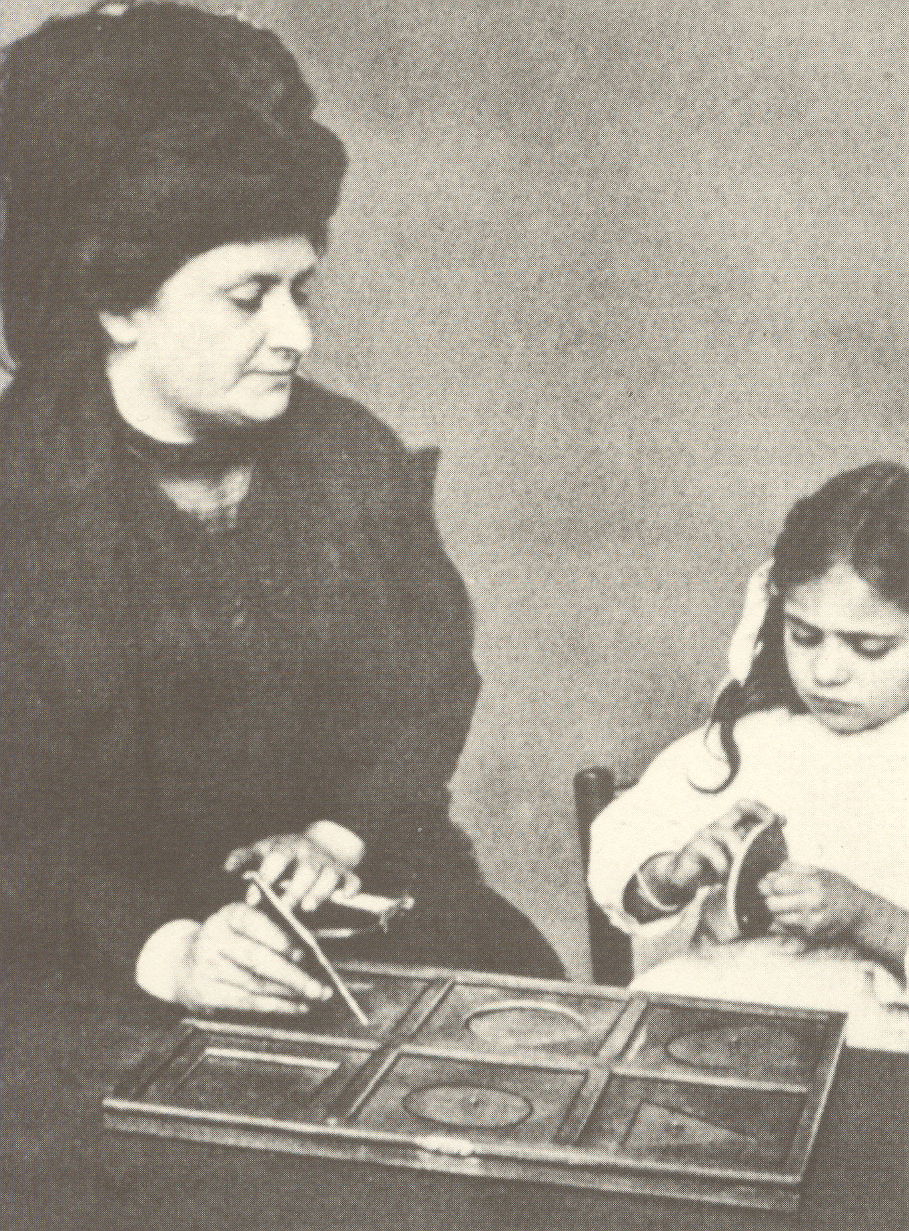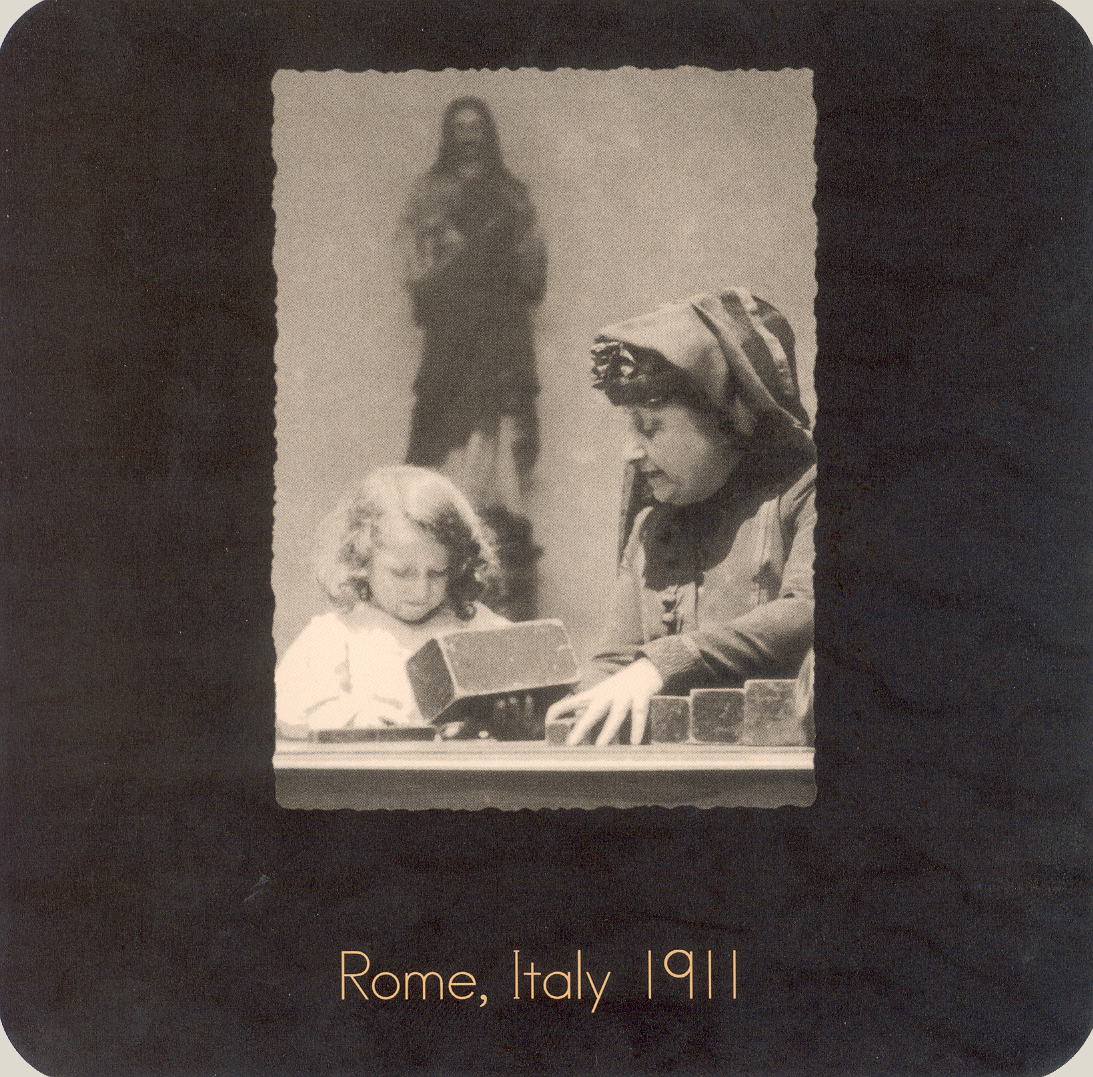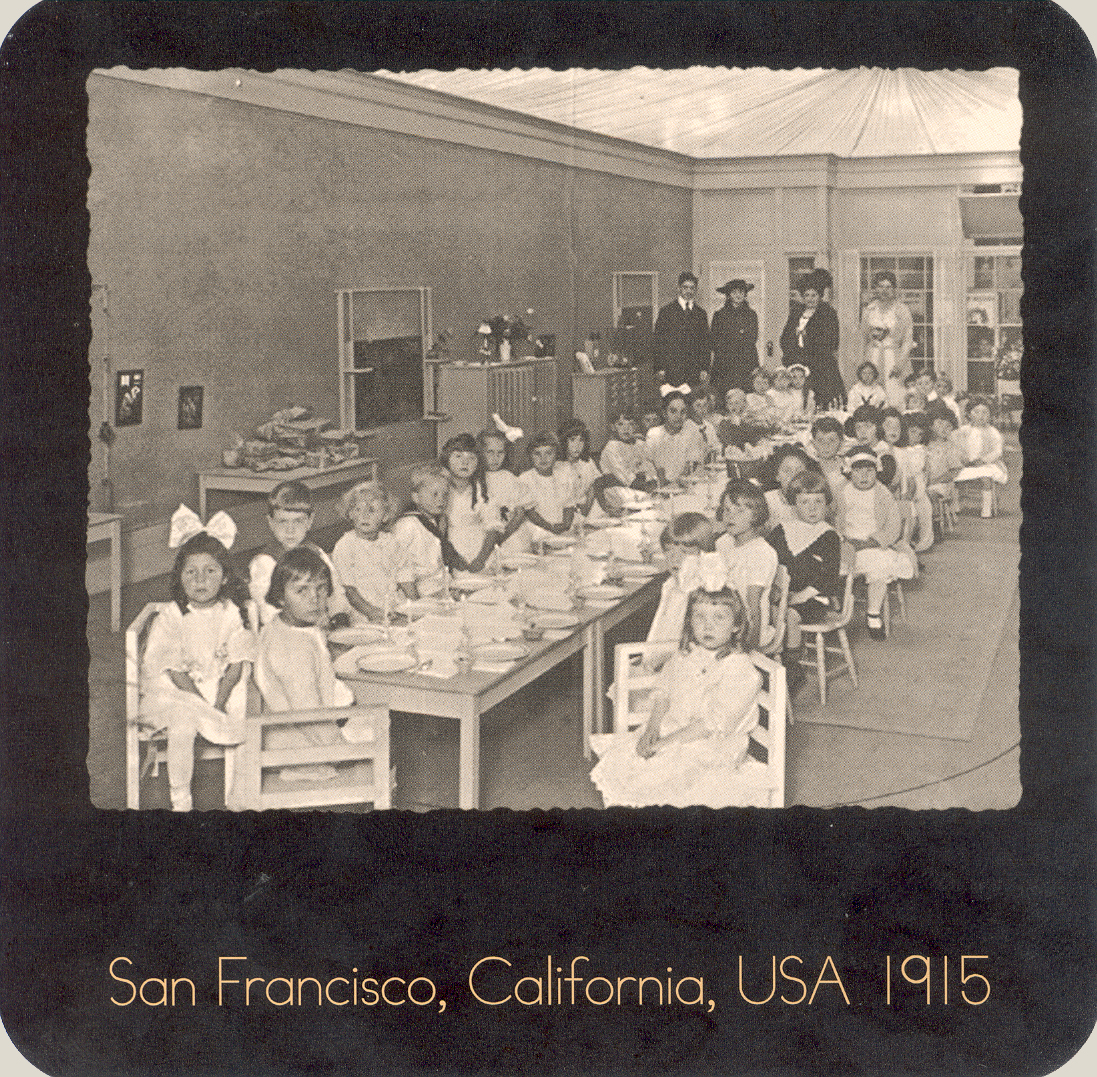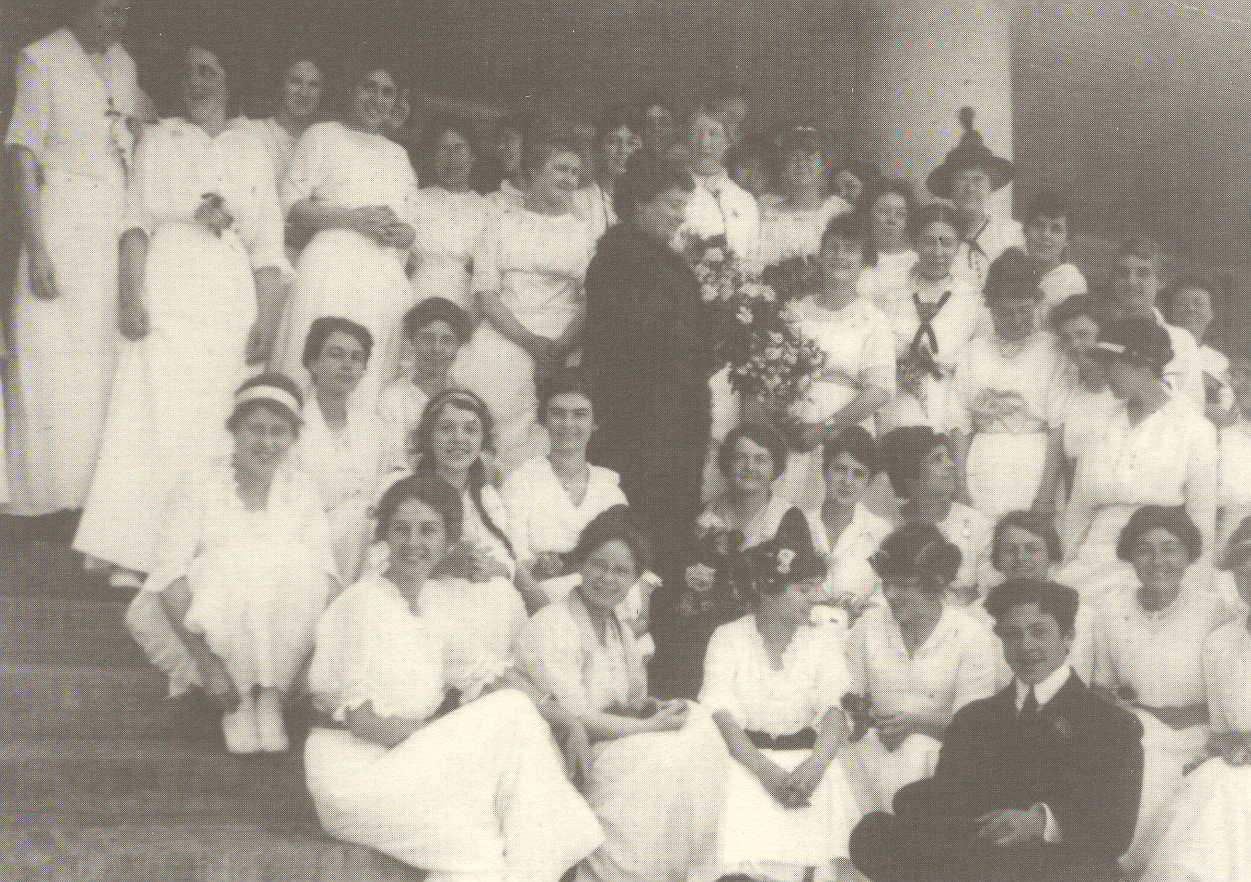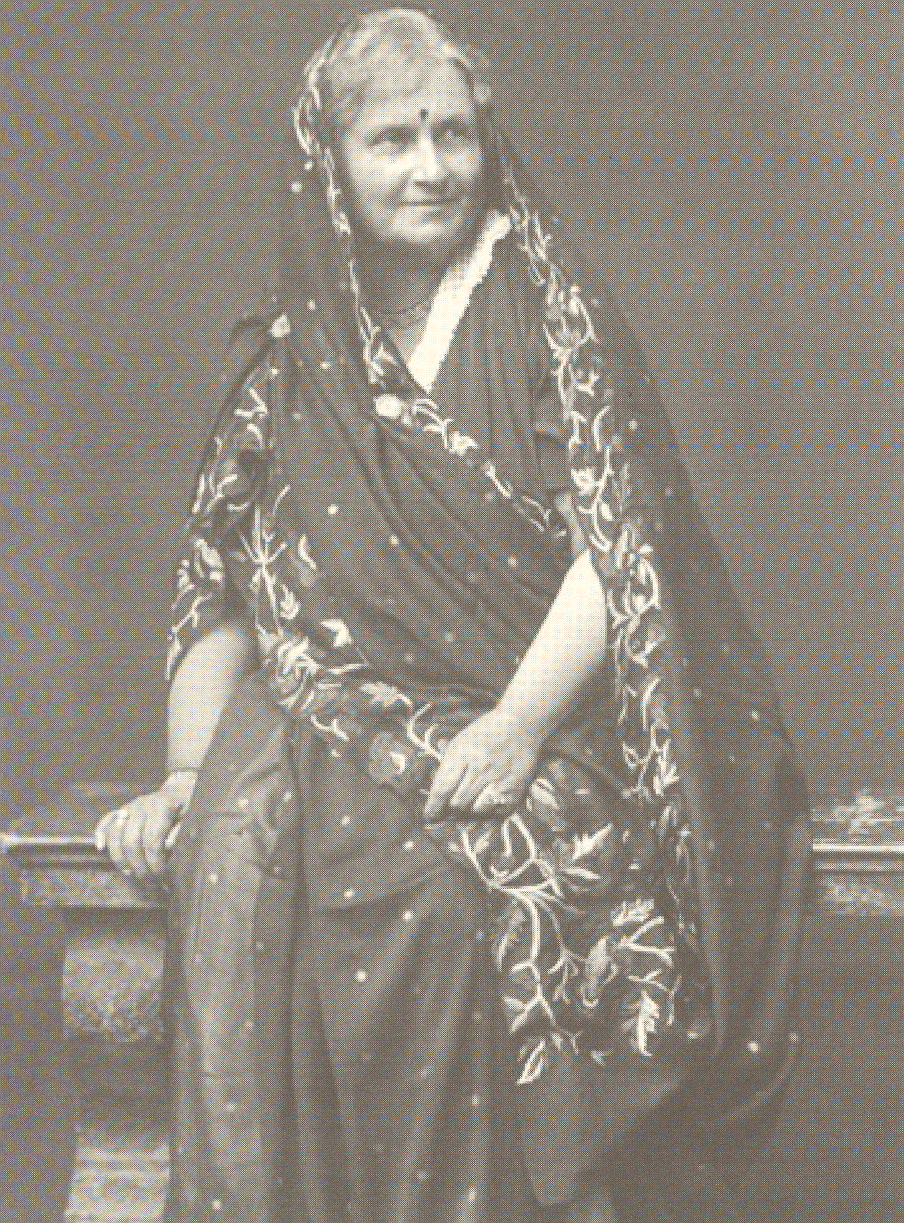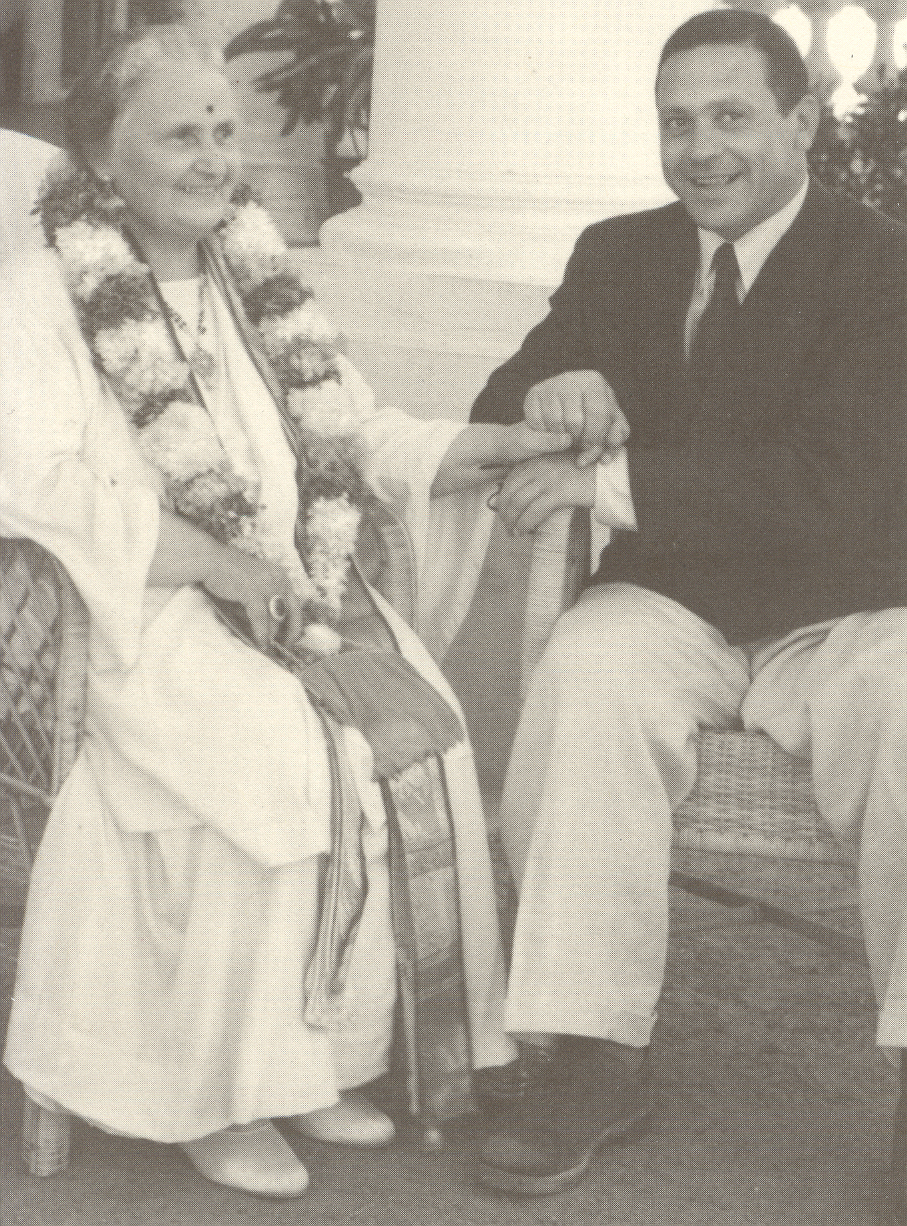At its core, the Montessori educational philosophy can be summed up in three words: Follow the child.
Each child learns individually, at their own pace.
Dr. Maria Montessori
Creator of the Montessori Educational philosophy
Dr. Maria Montessori, born in 1870, was one of the first women to receive a medical doctor’s degree in Italy. She worked in the fields of psychiatry, education and anthropology. She published her theories only after she had observed evidence for them from many years, with children of all social classes and in many countries. Dr. Montessori created the science of human learning.
She believed that each child is born with a unique potential to be revealed, rather than a “blank slate” waiting to be written upon. Her main contributions to the work of those of us raising and educating children are in these areas:
—Learning to prepare the best environment for the child, according to different stages of life.
—Learning to observe the child living freely in this environment and to continually adapt the environment for the ever-changing child, in order that they may fulfill their greatest physical, mental, emotional and spiritual potentials.
The Montessori Method is dynamic in that observation and meeting of needs is continual and specific for each child. Dr. Montessori came to the conclusion that education must be an aid to life, a collaboration with nature. Her message is still to “Follow the child”. There are many books written about her amazing discoveries and Montessori teacher training centers and schools exist throughout the world today. Her philosophy is not to be restricted to schools, but is valid wherever there are children.
—Michael Olaf’s
Essential Montessori
Children Teach Themselves
Using a concrete and sensorial approach, Dr. Montessori designed materials and developed a process that allowed children with known developmental delays or deficiencies to work in areas previously considered to be beyond their capacity. Her success was remarkable. One great triumph came when children with special needs took state exams with neurotypical children and passed them. This experience led Dr. Montessori to question the education being received by all children if benchmarks could be so easily met.
Dr. Montessori’s life work began in 1907 when she opened a “Casa Dei Bambini” (a children’s house) in the fetid Roman slum of San Lorenzo. At this time, slum children were considered beyond the possibility of educating. These children validated Dr. Montessori’s methods with even more remarkable, almost effortless ability to absorb knowledge from the environment. Dr. Montessori discovered the simple but profound truth that children teach themselves. She provided the environment and structure to accelerate this natural learning.
Dr. Montessori’s dedicated lifelong pursuit was one of educational reform, curriculum development, methodology, psychology, teaching and teacher training to nurture and provide the means to further the self-creating process of the child.
Dr. Montessori died in Holland in 1952 at the age of 82. Since her death, her works have achieved greater popularity than ever before. After more than 100 years of international application, the Montessori method thrives. In the United States alone, more than 3,000 Montessori schools have been established since 1957.
“Montessori” is the name used for a unique educational philosophy, created and refined by Dr. Maria Montessori over 100 years ago in Italy.
How is Montessori different from traditional education?
The idea of “following the child” is central to the work we do. This means that we don’t have a set curriculum that we expect the entire class to follow. We understand that everyone learns at a different pace, so children are given individual, hands-on lessons based on their interests, skills, and developmental capabilities.
Montessori classrooms are also made up of a range of ages. In a primary classroom, you’ll find a mix of children from 2.5–6 years old. This allows younger children the opportunity to learn from their older peers, and older children are given responsibilities and opportunities to model grace and maturity and to practice leadership skills that they wouldn’t have in a single-age classroom.
What does current science say about Montessori?
Dr. Maria Montessori was a pioneer in education. Her educational theories, based on scientific observation, were first put into practice in 1907. Today, over 100 years later, neuroscience is confirming many of the foundational principles of Montessori education. Concepts such as self-regulation and the importance of hands-on learning, which Dr. Montessori was focused on all those years ago, are being proven as crucial to human development and function later in life. At this time, the Montessori method is the most-practiced educational pedagogy in the world.
Is your school affiliated with any religion and where does your funding come from?
Sundborn Children’s House is an independent school and is not religious. A lot of people hear the word Montessori and think of a monastery. However, Montessori philosophy is not religious, and Sundborn is not a religious organization.
As an independent school, Sundborn does not receive any religious, state, or federal funding. Some of our funding comes from tuition, but because we are committed to keeping excellence affordable, a large part of our funding comes from fundraising efforts. We rely heavily on and are incredibly grateful for partnerships with businesses and individuals in our community who join us in this work through financial and in-kind support.
When is my child eligible to start attending and when is your enrollment period?
We accept children once they have learned to use the toilet and when they are as young as 2.5 years old. Because we are a year-round school and are committed to meeting the needs of each individual child, we enroll throughout the year. Once a child meets the above criteria, they are eligible to attend.
That said, while we do enroll year-round, we are limited in the number of students and families we can serve. For more details on whether we are currently accepting new students, please call us.
Is Montessori a good choice for children with learning delays or for children who are advanced for their age?
Because each child is met where they are, Montessori is a fantastic choice for children who might struggle with a “one size fits all” approach to education. Sundborn is committed to meeting the needs of any child. We have been incredibly fortunate to have worked with many children with developmental delays and/or special needs, and we believe that these children, just like all children, add so much to our community. Children who show abilities beyond what is typical for their age also thrive in a Montessori environment.
Because children work independently based on their capabilities, there is room for a child to take time to grasp a new concept or to move ahead whenever they are ready. The materials in our classrooms accommodate a wide range of interests and levels of difficulty. All of us at Sundborn (children and adults alike) learn from each other and from the unique personalities, abilities, and challenges we all bring to the group.
For more information about Montessori education or about Sundborn Children’s House, our school director would love to speak with you over the phone or in person. To be in touch with us, please call the school at 541-924-9480.
Lisbeth Reading by Carl Larsson




